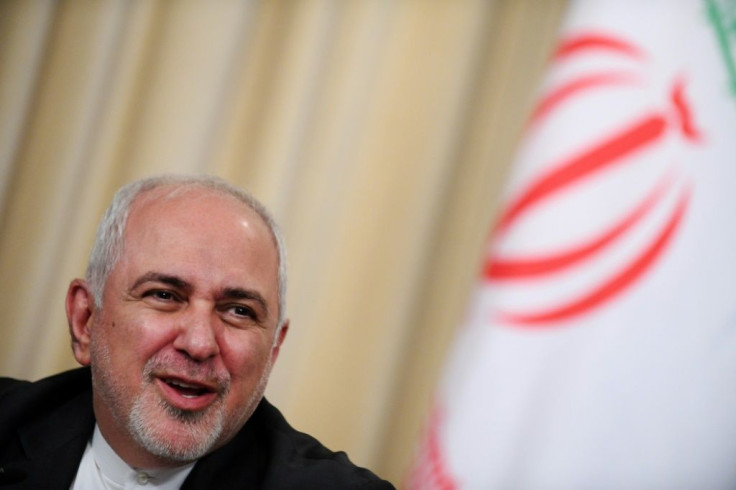As India’s Oil Needs Grow Will It Defy The US By Buying From Iran?

India’s oil demand will grow at a pace higher than that of its huge rival China next year. But with the U.S. pressuring India to end oil imports from Iran, New Delhi will need to increase oil imports from other producers to meet its pressing demand.
The latest oil market report by the OPEC said oil demand in India will climb by 3.21% this year to 4.88 million barrels per day, and then rise by 3.36% to 5.05 million barrels per day by 2020, well ahead of the 2.37% oil demand growth projected for China that year.
This expected hike in demand will coincide with falling domestic production of crude in India. During April-August 2019, India’s domestic crude oil output dropped by more than 6% over the same period in the prior year.
“The projected rise in oil demand will have an overall impact on India’s economy, as this will push up imports and cause strains on the fiscal front,” Tsunduru Muralidhar, an oil industry expert and independent oil sector consultant, told Arabian Business.
Currently, the Middle East accounts for about 60% of India’s crude oil imports, with Iraq and Saudi Arabia as the top suppliers. On the whole, India imports about 83% of its oil from other nations.
For the 2018-19 fiscal year, Iraq was India’s top crude supplier, accounting for more than 20% of New Delhi’s oil needs. Iraq was also the top source for India in the prior fiscal year, when it supplanted Saudi Arabia as the No. 1 supplier.
Although India ceased importing crude oil from Iran in May 2019 as a result of pressure from Washington over Tehran’s nuclear program, Iran was nonetheless the third biggest oil supplier to India for the 2018-19 fiscal year. Iran had been India's second largest crude supplier after Saudi Arabia until 2010-11. Since then Iran’s crude exports to India have vacillated until they ended in May of this year.
On average, Iran had been supplying 10% of India’s oil needs.
In late May, Indian Ambassador to the U.S. Harsh Vardhan Shringla confirmed India stopped importing crude oil from Iran to comply with U.S. sanctions.
Shringla also said India ended all imports from Venezuela to satisfy Washington, which New Delhi considers an ally. United Arab Emirates and Venezuela were India’s fourth and fifth largest crude sellers in fiscal 2018-19, respectively.
Meanwhile, the U.S., which began selling crude to India in 2017 has seen its output to India increase more than four times from fiscal 2017-2018 to fiscal 2018-2019.
Now with India’s oil demand continuing to surge, will it seek out Iran again in defiance of the U.S.?
Last week Iranian Foreign Minister Mohammad Javad Zarif expressed his disappointment with India, citing he had expected Prime Minister Narendra Modi’s government to be “more resilient” against “U.S. pressure.”
To pivot away from Iran, Modi has been seeking closer ties with Saudi Arabia, Iran’s greatest political rival in the Middle East. Modi is also hoping for massive investments by the Saudis in India.
But Saudi Arabia itself needs cash and would likely seek to increase oil exports to India. Due to flat oil prices, the kingdom’s budget deficit will increase from $36 billion in 2018 to a projected $50 billion in 2020.
David Petraeus, the former director of the Central Intelligence Agency and now the head of consultancy KKR Global Institute, recently told CNBC the Saudis are running out of money.
“They’d be the first to acknowledge that the sovereign wealth fund has been reduced. It’s somewhere below $500 billion now,” he said. “The [budget] deficits each year, depending on the price of Brent crude, can be anywhere from $40 [billion] to $60 billion depending on some of their activities in countries in the region. The bottom line is that they need the money.”
The September drone attacks on Saudi Arabia’s oil processing facilities in the eastern part of the kingdom – perpetrated by Houthi rebels of Yemen, but widely blamed on Iran – triggered higher crude prices and led to even more sanctions on Teheran by the U.S. As a result, India felt immense pressure to avoid Iran as a source of crude.
However, the ease with which rebels could damage Saudi oilfields raised concerns in India.
"India viewed Saudi Arabia as among the safest suppliers in the world," Indian government spokesman Narendra Taneja told the BBC. "With this sophisticated attack and the precision with which the attack was done, we have now realized that their facilities are vulnerable and that does make us anxious."
Taneja added that to avoid such risks, India is diversifying its oil suppliers.
"We are importing from Africa and the U.S., but the Middle East remains our main source," he said. "India will have to make constant efforts to diversify more.”
Meanwhile, Iran will have much more product to sell – it claimed it has discovered a huge new oil field that will increase Iran's proven reserves by about one third.
The field located in the southwestern province of Khuzestan has 53 billion barrels of crude, said Iranian president Hassan Rouhani.
OPEC’s latest monthly report said Iran’s oil production in October amounted to 2.15 million barrels per day, down from 3.8 million barrels per day in November 2018 – before U.S. sanctions.
© Copyright IBTimes 2025. All rights reserved.





















